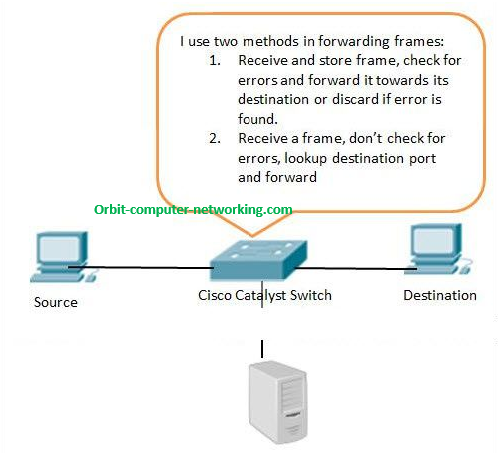DHCP – How DHCP works.
The DHCP server’s most fundamental task is Providing IP addresses to clients. DHCP uses three different address allocation mechanisms when assigning IP addresses: Manual Allocation: The administrator manually assigns a pre-allocated IP address to the client and DHCP only communicates the IP address to the device. Automatic Allocation: DHCP automatically assigns a static IP address permanently to a device, selecting it from… Read More »



